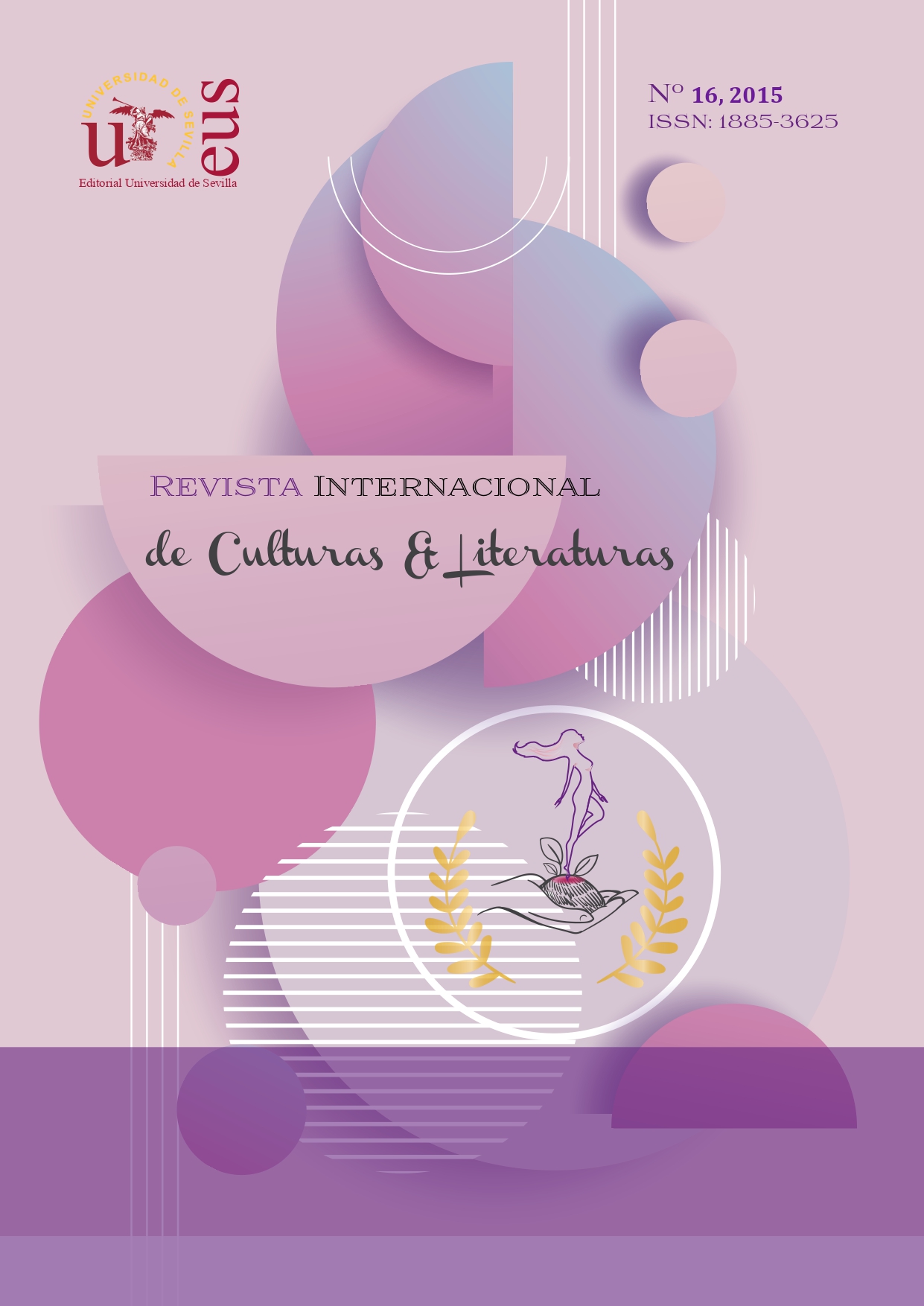EURIPIS: MISOGINIA OR GYNOPHOBIA?
DOI:
https://doi.org/10.12795/RICL.2015.i16.05Keywords:
Euripide, donna mostro, capro espiatorio, catarsiAbstract
Tracing the origins of civilization, it is possible to identify a historical moment in which society was matriarchal. By analyzing the female figures present in Euripides' tragedies, we can understand the author's fear of a hypothetical return to the predominance of women over men and interpret the reasons. Euripides, then, uses catharsis to avert this possibility.Downloads
References
Biondi, I., Storia e antologia della letteratura greca 2, Firenze, G. D’Anna Casa editrice S.p.A, 2010, pp.253-405.
Cantarella, E., L’ambiguo malanno: condizione e immagine della donna nell’antichità greca e romana, Milano, Feltrinelli, 2010 pp.100-110.
Girard, R., La violenza e il sacro, trad. it a cura di Ottavio Fatica e Eva Czerkl, Milano, Adelphi, 1980.
Salinari, Raffaele K., “Dalla Grande Dea a Dioniso”. Laima, associzione culturale. Internet. 1-07- 2015
Ieranò, G., Medea, la madre assassina, Sonzogno, Venezia, 2015.
Faranda, L., Dimore del corpo. Profili dell’identità femminile nella Grecia classica, Roma, Meltemi editore, 2007.
Zoja, L., Il gesto di Ettore. Preistoria, storia, attualità e scomparsa del padre, Torino, Bollati Boringhieri, 2003.

